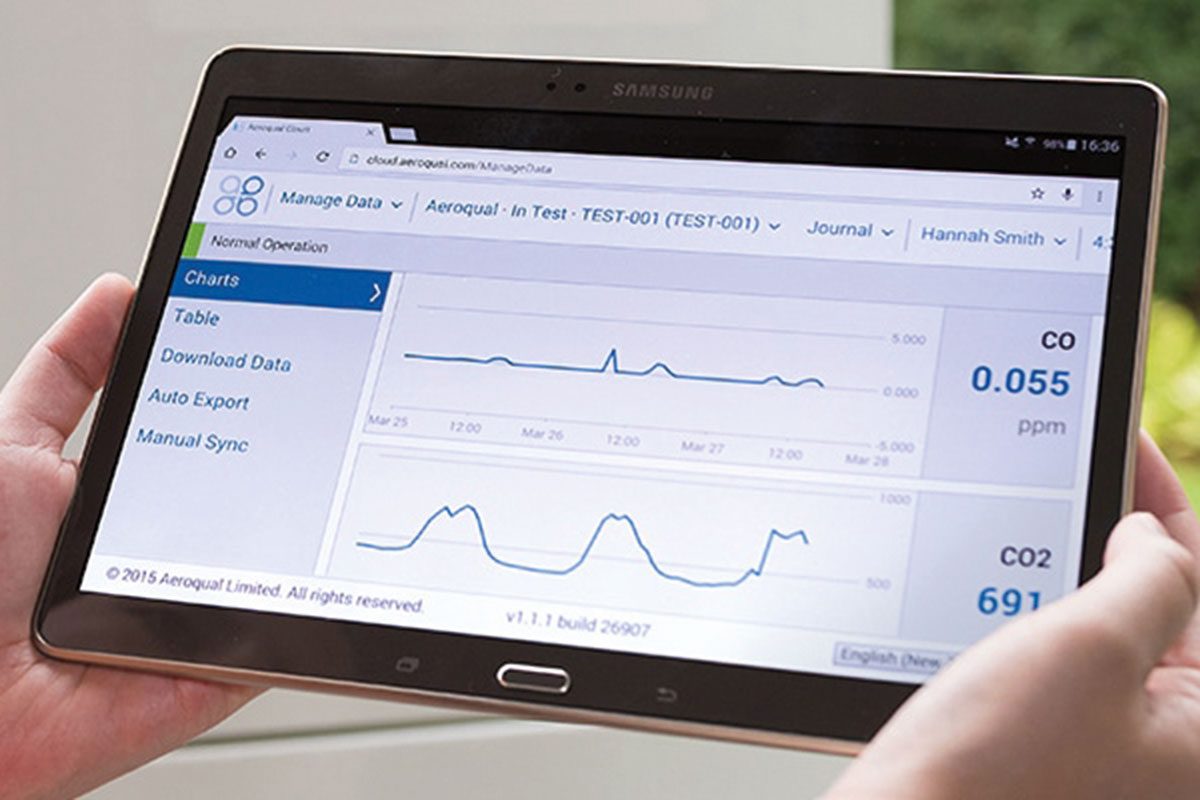
Air quality measurement firms Aeroqual and Met One Instruments have expanded an existing partnership to offer a combination of reference and near reference particle monitors in a single integrated air monitoring package.
Met One’s reference particle monitors (the BAM and EBAM Plus) are used for compliance monitoring, and it has recently added the BC-1060 Black Carbon monitor.
The firms say the same customers use Aeroqual’s ‘Near Reference’ monitors, the Dust Sentry and AQS 1, to extend and sometimes supplement more expensive and complex monitoring equipment like the Met One reference particle monitors. “Being more mobile, cost-effective, and offering real-time data they offer a nice complement to the reference monitors,” said an announcement.
The benefit of coupling Near Reference and reference monitors into a network, say the firms, is that it allows regulatory monitoring to be extended using smaller more cost-effective monitors, whilst ensuring the data delivered can be compared to and checked against the reference monitors. And this achieves greater monitoring coverage at a lower cost, whilst maintaining traceability and defensibility.
The Met One monitors can be wired directly into the Dust Sentry and AQS 1 power and data interface. Data is transmitted to secure data servers.
Customers access the data using Aeroqual Cloud, software that is accessed via a secure web browser interface (no software to install). The data from the Met One monitors and the Aeroqual monitors can be viewed in all-in-one dashboard. Alerts can be set on both monitors. Aeroqual’s Paul Pickering said the hybrid offering “gives our customers a third option that achieves greater coverage for less cost, yet compromises little on data quality and defensibility.”








